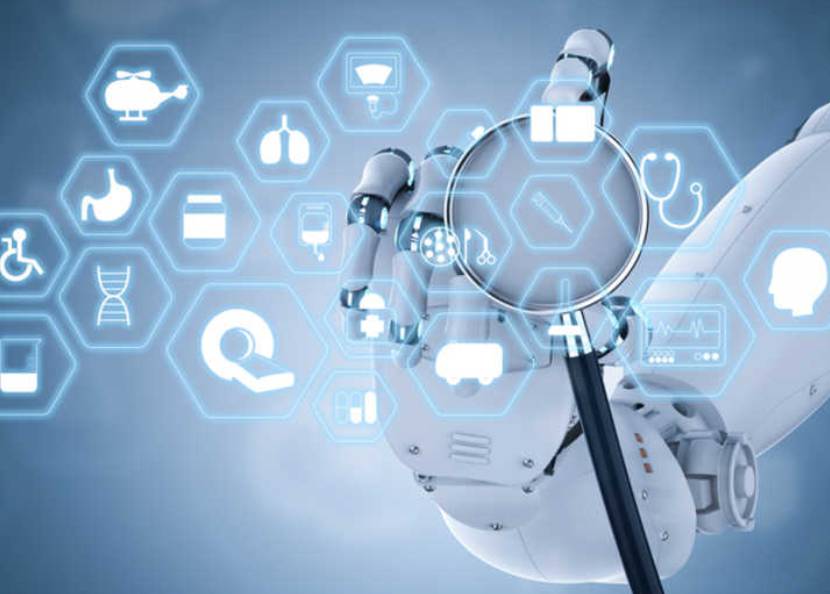Three Technologies That are Changing Patient Care
The 10 Transformational Leaders in Healthcare Vol. 2

The last decade of healthcare tech has had a significant impact on patient care. We now have smartphone apps that can make care more accessible and wearable tech to measure and track important health information. Emerging technology even allows a doctor to perform surgery on a patient that is in a different location.
Physical therapy is one branch of healthcare that is seeing some exciting changes as a result of new and emerging technologies. Through these, patients can benefit in various ways, whether it’s enhancements to booking appointments with direct access to physical therapy in New Jersey and other states, or advancements in the types of tools used by a physical therapist during a session. Some of these advances are helping patients rehabilitate from injuries in less time and see better outcomes. In many cases, technology is even helping patients achieve results that would have been beyond hope just a few years ago.
Video Games
Of course, video games can be great for entertainment, and they can also be educational. However, video games are now being used for physical therapy. With newer video games that require movement to play, patients can rehabilitate a wide range of injuries.
Video games have shown great promise when applied to the physical therapy of stroke patients and those suffering from other neurological disorders. This type of therapy can also be used to help elderly patients maintain their fitness and for people who are trying to lose weight.
Telehealth
Applications for telehealth have been developed to address a wide range of healthcare issues, with physical therapy being one area where it has seen success. Telehealth can be used to bring physical therapy services to patients who may not be able to see a professional in person, and it can also improve existing physical therapy programs in several different ways.
Telehealth can help patients stay connected to their physical therapist even when they are at home. This can be a way to keep patients on track with the at-home elements of their rehabilitation and it can also help physical therapy professionals to manage their time better and provide care to more patients.
Robotics
While the job of a physical therapist is still one that requires a human, robotic systems can now help patients who have suffered serious injuries. Robots have helped to improve things like active-assistive therapy with devices like robotic treadmills. There are also robotic exoskeletons that can be beneficial for the rehabilitation of stroke patients or those who are recovering from a spinal cord injury.
The use of robotics is providing both patients and physical therapy professionals with several advantages. As an example, robotic systems can improve gait training by helping the patient to produce more physiological gait. It can also take much of the physical strain off both the therapist and the patient, which can allow them to train longer and achieve better results in less time.
These are just a few of the advances that are changing physical therapy in the current day. Researchers are continuing to develop new technologies that can have a significant impact on the lives of patients. Before long, not only will these new technologies be much more common, but we will also have a new range of tools that will push the boundaries of what can be achieved with physical therapy.

Rae Steinbach
Author
Rae is a graduate of Tufts University with a combined International Relations and Chinese degree. After spending time living and working abroad in China, she returned to NYC to pursue her career and continue curating quality content. Rae is passionate about travel, food, and writing, of course.













